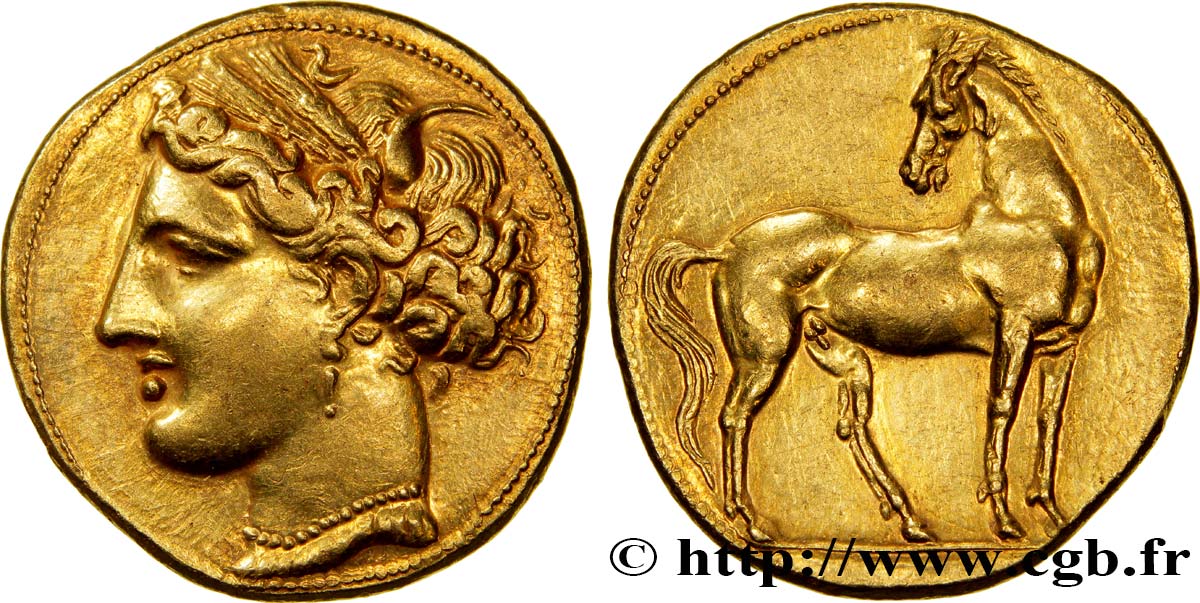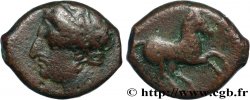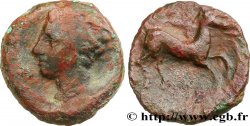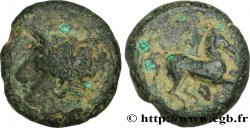bgr_352964 - ZEUGITANA - CARTHAGE Trihémistatère d’or ou tridrachme
Not available.
Item sold on our e-shop (2015)
Price : 42 000.00 €
Item sold on our e-shop (2015)
Price : 42 000.00 €
Type : Trihémistatère d’or ou tridrachme
Date: c. 270-264 AC.
Mint name / Town : Carthage, Zeugitane
Metal : gold
Millesimal fineness : 950 ‰
Diameter : 23 mm
Orientation dies : 12 h.
Weight : 12,49 g.
Rarity : R3
Coments on the condition:
Exemplaire de qualité exceptionnelle pour ce type de monnayage, parfaitement centré des deux côtés avec les grènetis visibles. Portrait extraordinaire où tous les détails de la coiffure sont visibles. Revers fantastique. Conserve l’intégralité de son brillant de frappe et de son coupant d’origine
Catalogue references :
Predigree :
Cet exemplaire provient certainement du trésor de Tunis, 1948, (IGCH 2271), de MONNAIES 41, n° 339 et de la collection d’Élisabeth
Obverse
Obverse legend : ANÉPIGRAPHE.
Obverse description : Tête de Tanit à gauche, couronnée d’épis, parée d’un collier et d’un pendentif d’oreilles.
Reverse
Reverse legend : ANÉPIGRAPHE.
Reverse description : Cheval debout à droite, tournant la tête à gauche.
Commentary
Notre exemplaire est très proche de l’état du coin du n° 389, mais ne présente pas de globule sur le front qui caractérise les exemplaires 384/2 à 390. L’exemplaire 391/1 ne présente pas de globule, mais est différent de notre exemplaire. Pour le revers, notre exemplaire est très proche du N° 389 sans que nous puissions établir une liaison de coin définitive.








 Report a mistake
Report a mistake Print the page
Print the page Share my selection
Share my selection Ask a question
Ask a question Consign / sell
Consign / sell
 Full data
Full data



